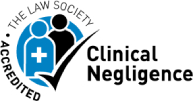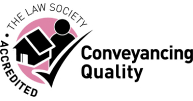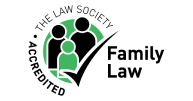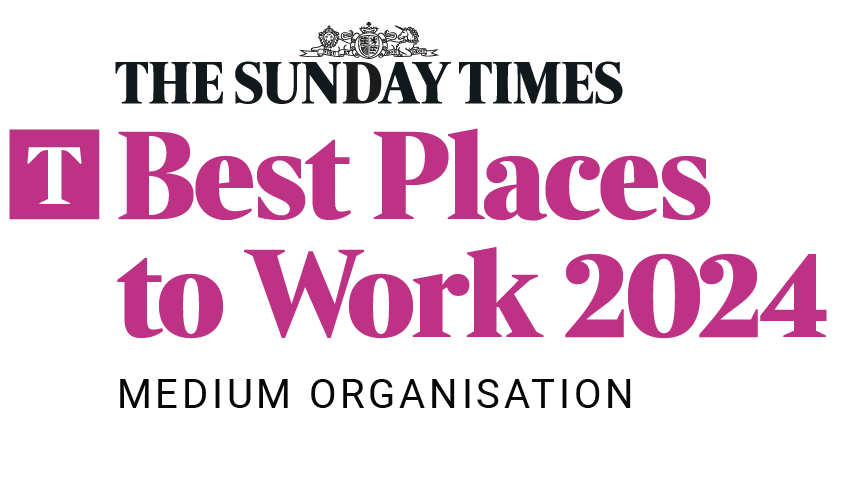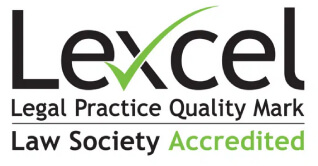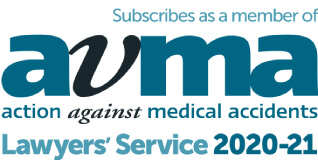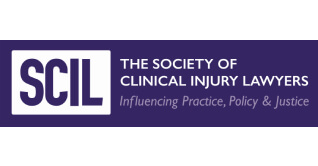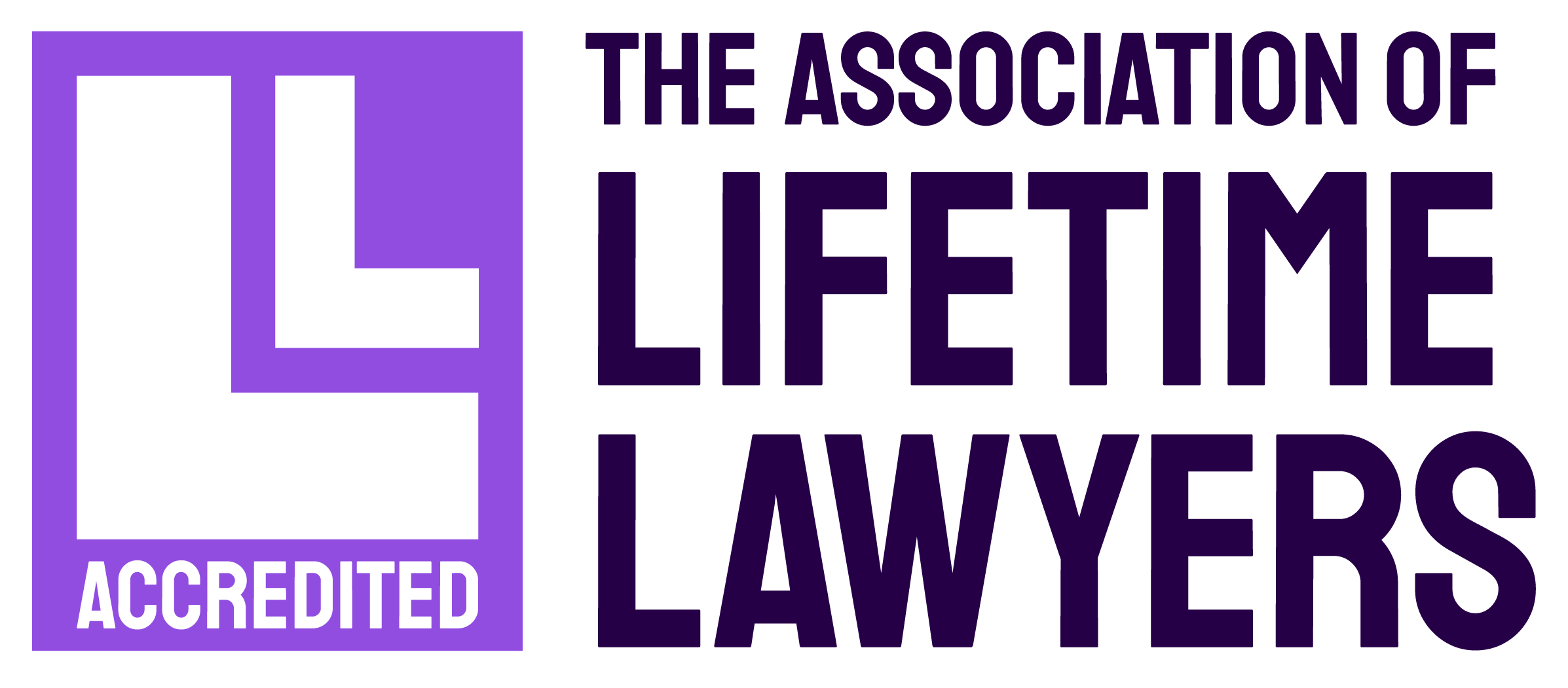Court corrects costly error in family trust document
An extended family have been able to rectify a trust document which would have prevented them benefiting in the way intended when the settlement was first drawn up.
The case involved a farming business. The shares were originally held by a husband and wife team in the 1970s.
The couple put a number of shares into a settlement in 1985. In 1994, they proposed a further settlement to hold the shares in the family company and prevent any shareholders calling for the break-up of the business.
The new settlement was drafted in such a way as to include the couple’s children as settlors in addition to the parents. This meant they could not also be beneficiaries because the definition of beneficiaries excluded settlors.
This was not appreciated at the time. When the mistake was noticed several years later, the children sought court help to rectify the error.
The court held that rectification was a discretionary remedy and should be exercised with caution and only on strong evidence. The parents were no longer alive so could not give direct evidence as to their wishes.
However, it was clear that the intention of the settlement had been to benefit all the members of the family and to keep the business together. The settlement had been discussed with the children and they had been told that they would be beneficiaries. Unfortunately, they had not read the documents and did not understand the significance of being included as settlors.
In the circumstances, the court held that it was right to rectify the mistake to remove the children as settlors and include them as beneficiaries.
Trusts can be extremely helpful in protecting family assets and reducing tax liabilities. However, they need to be drawn up correctly under legal advice or they can lead to unforeseen consequences as this case illustrates.
Please contact Lesley-Ann if you would like more information about the issues raised in this article or any aspect of trusts and inheritance planning.













